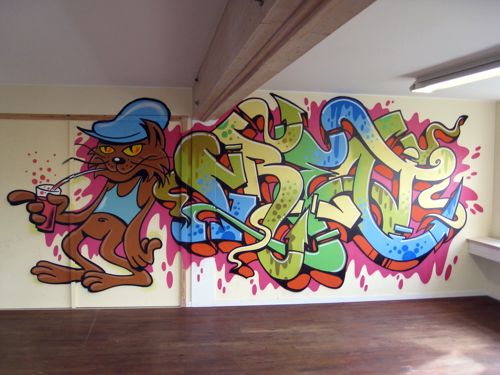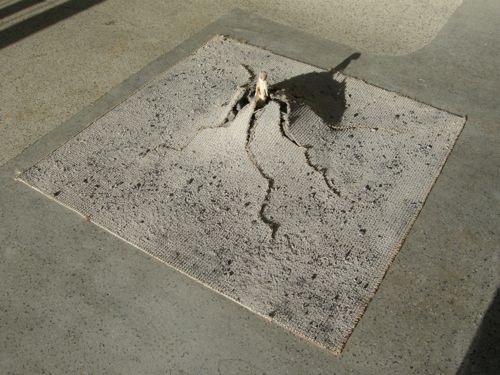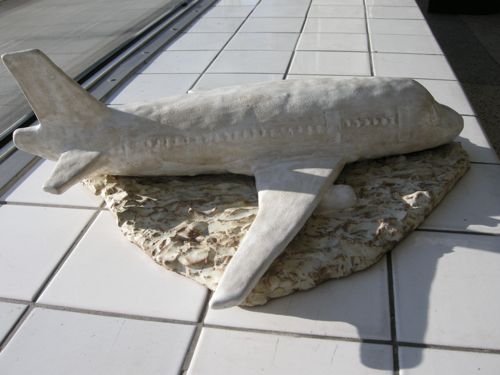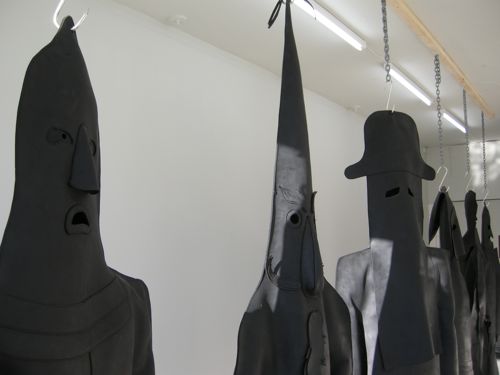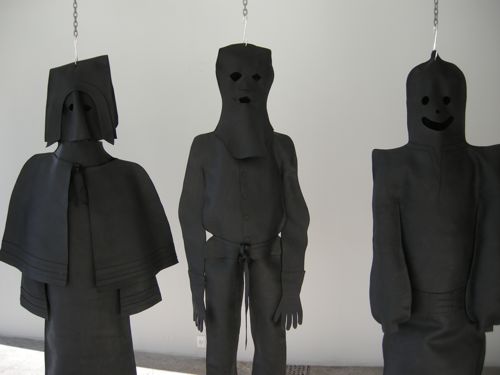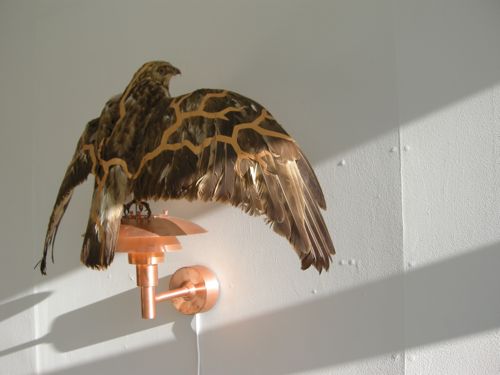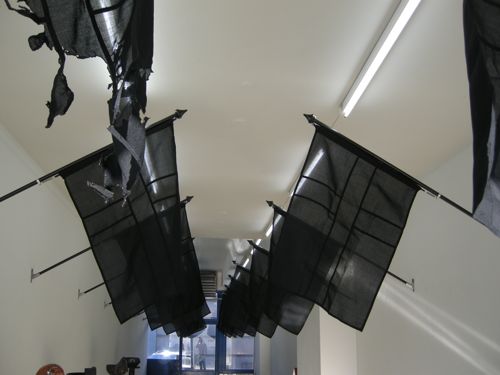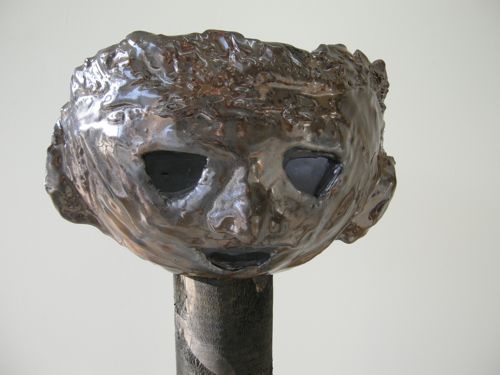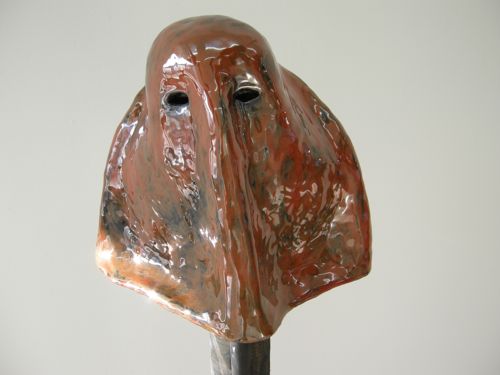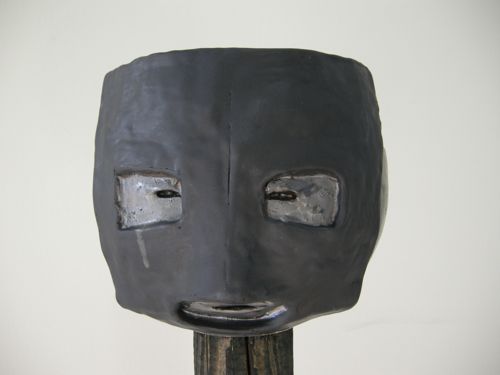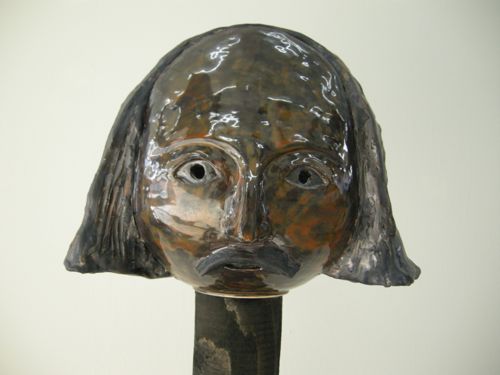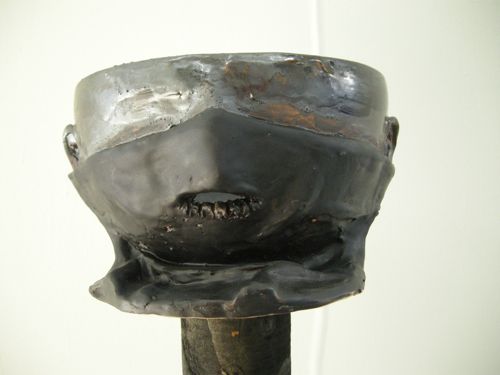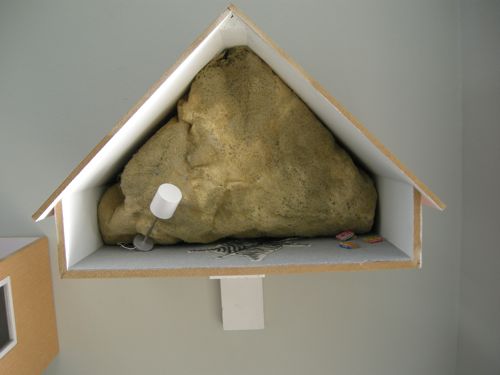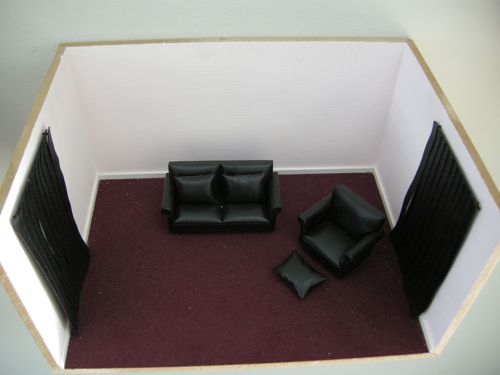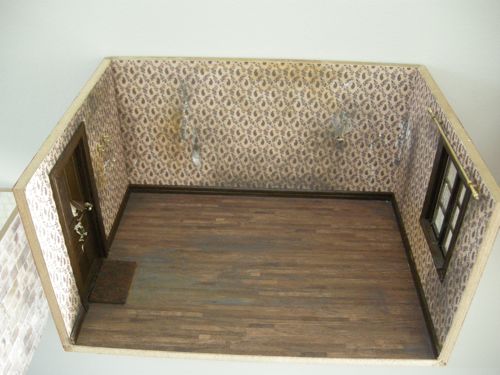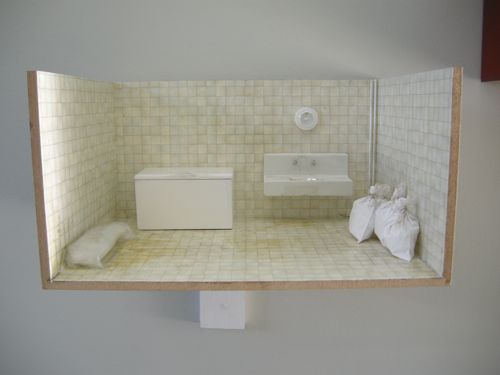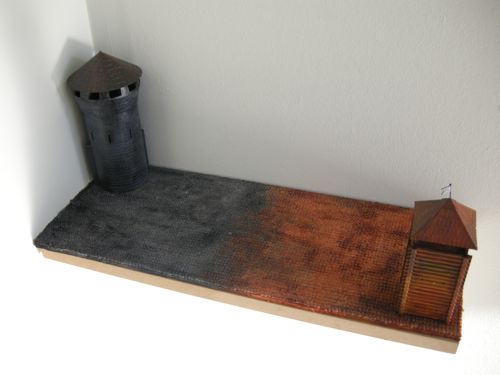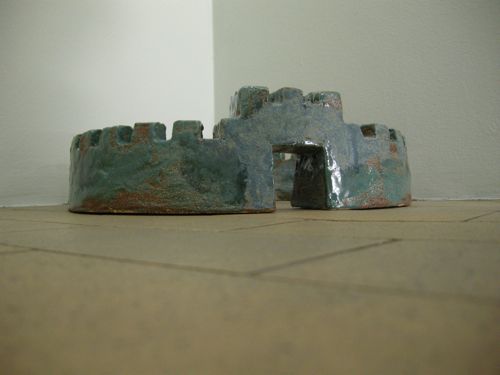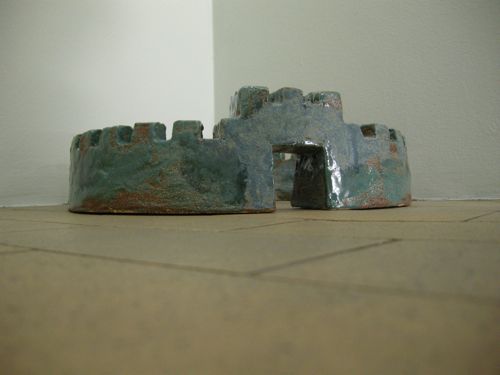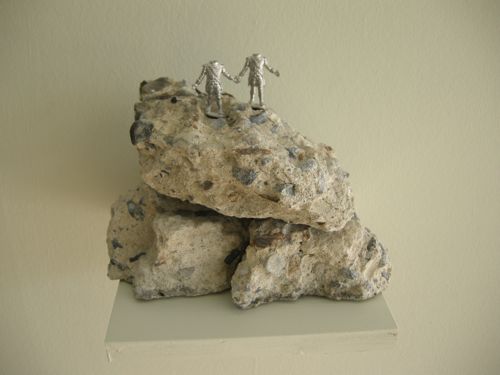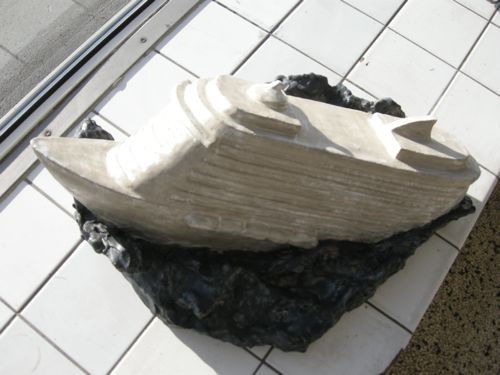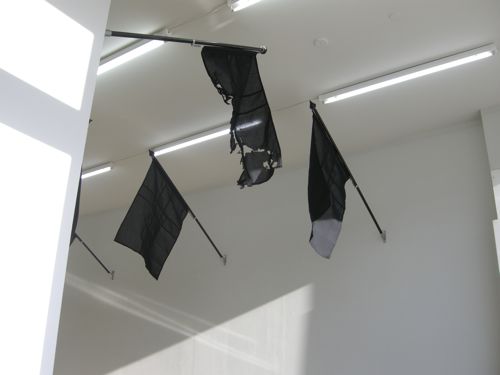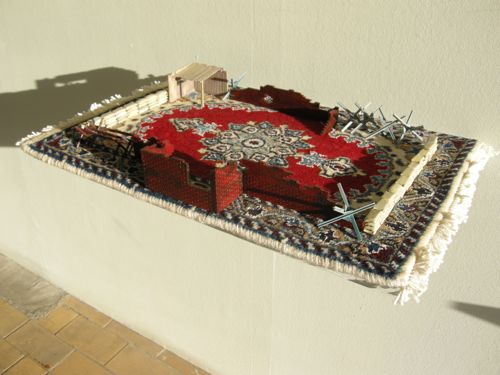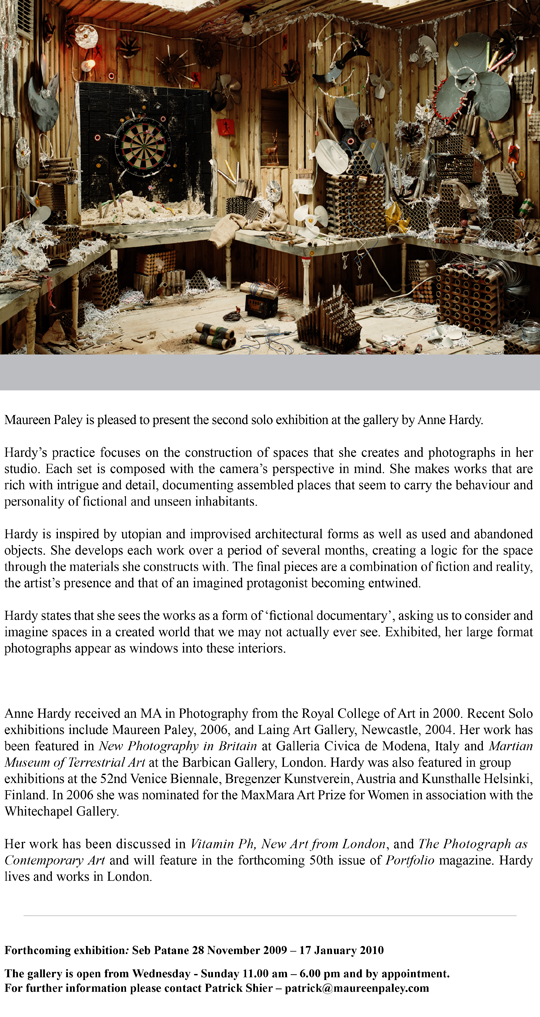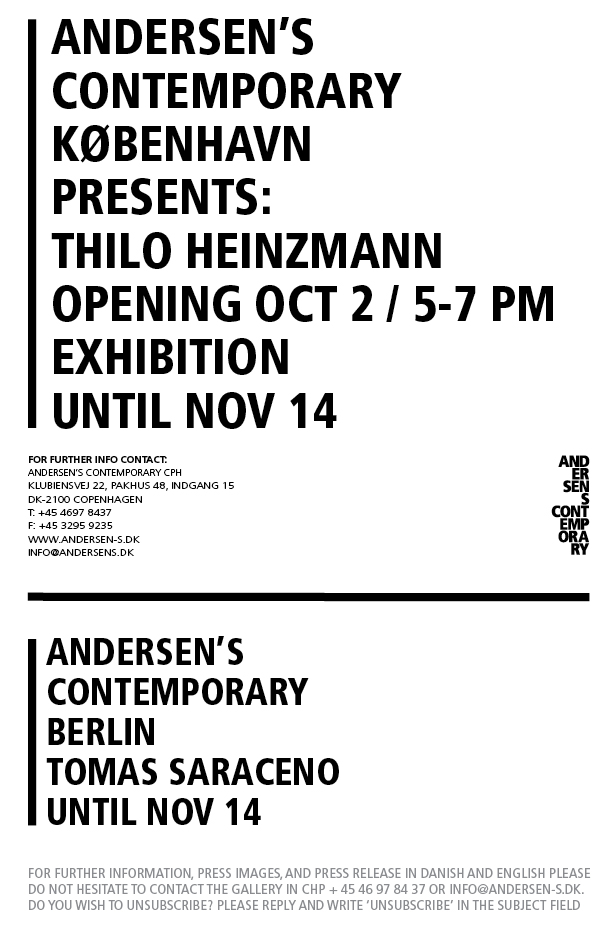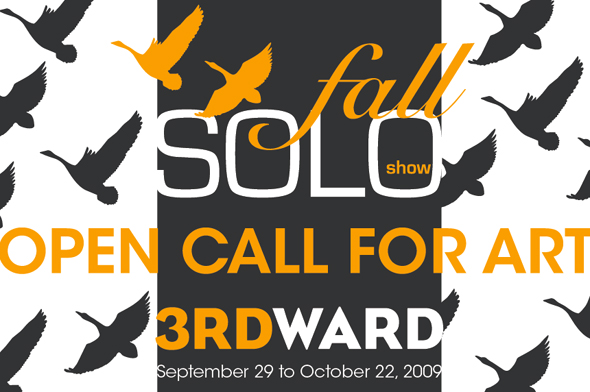
Month: September 2009
Pablo Bronstein / The Metropolitan Museum of Art, New York
Copenhagen Graffiti
Hesselholdt & Mejlvang @ V1
ANNE HARDY @ MAUREEN PALEY
John Baldessari
Thilo Heinzmann
RIP Michael Jackson
Tom Sanford painting “L&L Taxi (Motherless Brooklyn)”
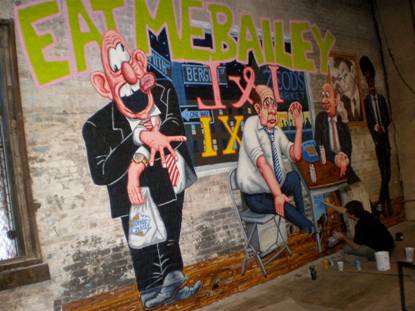
Tom Sanford painting “L&L Taxi (Motherless Brooklyn)”
BROOKLYN, SEPTEMBER 28, 2009 — The Invisible Dog, a former belt factory in the Cobble Hill section of Brooklyn and the much loved home of the novelty gag of the 70s, the “INVISIBLE DOG,” will re-open on October 3 with an exhibition organized by NO LONGER EMPTY. NLE is a not for profit whose mission is to revive the numerous vacated storefronts and empty spaces throughout New York City. Many of the works presented in the exhibition reflect both the history of the space and the oxymoronic construct of the Invisible Dog: a fantasy, a legend, something born out of nothing. Artists have also been given the opportunity to work with the many trimmings, reels of fabric, leather and other materials left behind at the factory at the request of director, Lucien Zayan, who understood their future artistic value.
One of the featured artists, Tom Sanford, has created a site-specific (both location and subject matter) mural for the exhibition, called “L&L Taxi (Motherless Brooklyn)” based on Jonathan Lethem’s novel “Motherless Brooklyn” (1999). Sanford chose this subject matter because the Invisible Dog is located on the same block as the fictional L&L taxi / detective agency in Lethem’s novel (Bergen & Smith). The 12 x 22 ft mural imagines L&L in the present day, ten years after the story ends in the novel, with characters Lionel Essrog, Gilbert Coney, Loomis & Danny Fantl (left to right in the painting) still on Bergen street operating the L&L taxi service (no longer a detective agency) with a portrait of the departed Frank Minna on the wall in remembrance. The mural celebrates the history (albeit fictional) of Smith & Bergen, and honors one of Brooklyn’s many important contemporary authors.
Sanford claims that he “also decided to make the mural because I understand that actor Edward Norton in producing a film adaptation of “Motherless Brooklyn”. Norton will play Lionel Essrog, the orphan detective with a poetic case of Tourette syndrome from whose prospective Motherless Brooklyn is written. While Norton is a fine actor, he is nothing like how I imagine Lionel, and I thought I would take this opportunity to put my two cents in with regards to making the visual version of the characters of the book. A sort of one man insurgence against the Hollywood, the dominant force of visual imagination in our culture.”
Other artists in the exhibition include:
Thomas Bell, Ryan Brennan, Amanda Browder, Gina Czarneck, Jeanette Doyle, Richard Garet, Monika Grzymala, Guerra de la Paz (Alain Guerra & Neraldo de la Paz), Rafael Lozano-Hemmer, Kaarina Kaikkonen, Sarah Modiano, Miguel Palma, José Parlá, Rey Parlá, Ian Rawlinson & Nick Crowe, Tom Sanford, Keith Schweitzer, Francesco Simeti, Alfred Steiner, Giuseppe Stampone, Giles Lyon, Steve deFrank.
NO LONGER EMPTY was conceived as a meeting point between art and the economic crisis. The organization seeks to provide a challenging platform to artists whose opportunities have been similarly curtailed by the economic ravages and to revitalize empty commercial spaces by creating more traffic, showing the sites filled with positive energy instead of bordered up shells. The organization also hopes to encourage the local business community of each area through the increased flow of visitors that these exhibitions will bring. A supporting program of events has been planned that will include band nights and performances.
‘BACKGROUND STORY’
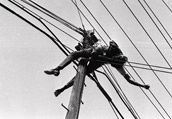
Letizia Battaglia, Enrique Metinides, Arnold Odermatt
curated by Sarah Cosulich Canarutto
Cardi Black Box, at its fourth exhibition since its launch in February, continues its programme with a show dedicated to the work of three important photographers: Letizia Battaglia, Enrique Metinides and Arnold Odermatt.
Titled Background Story and curated by Sarah Cosulich Canarutto, the show reflects on the theme of tragedy through three different ways of constructing, revealing or aesthetising it.
The exhibition proposes a selection of around 40 artworks and will be open to the public from Friday 11th of September until Saturday 17th of October, 2009.
The three artists belong to the generation of “historical” photographers, for an exhibition that recounts the everyday through small and major dramas, stories often teinted of tragedy that, despite being close to our daily life or to the imaginary that characterises it, end up being the background noise of our existence.
Letizia Battaglia (1935), journalist and photoreporter from Palermo, has narrated her city’s mafia murders through tragic, poignant images. Enrique Metinides (1934), Mexican artist, has worked for more then fourty years as a photoreporter in Mexico City, capturing in his shots countless crime scenes, murders and casualties. Arnold Odermatt (1925), Swiss photographer and former police lieutenant who, throughout his career has interpreted the road accidents that were upsetting the order of the Swiss periphery.
From the transformation of tragedy into icon in Metinides’ shots, or from Odermatt’s aesthetisation of the accident, to the intimate and emotionally charged images of Letizia Battaglia, this group exhibition narrates the “background” as the unavoidable human journey: it is a show which expresses the order within chaos, fate’s disorder, but also the beauty of tragedy and the implications that its representation has on our way of interpreting it. It is an exhibition that seduces the spectator through drama and yet arises a number of questions. The disaster, but also implicitly the moments just before it, triggers a reflection on the relationship between history and the individual, between unavoidability, fate and human intervention.
Death, tragedy and blood are never there just for the sake of it. It is not a sensationalist exhibition but rather an attempt to understand why these photographs deeply touch us and, in the case of Odermatt’s, stimulate an almost positive sense of nostalgia towards a past that experienced misfortune with apparent calm and order. Time, distance between spectator and event, and the way in which composition transforms the reading of the subject matter become fundamental characteristics of this exhibition, more than the harshness and violence of the images that, in the end, are not that different from works by Tiziano, Rembrandt, Caravaggio or Goya, just
to name a few.
When the discussion on the relationship between art and beauty seems to be more and more contemporary, this exhibition answers by aesthetising death, tragedy and chaos; it overturns the stereotype to demonstrate that, once again, in the presence of art equations no longer make sense.
For Cardi Black Box it is the first tout court exhibition; compared to the previous shows that have introduced to the Italian and European public works by young emerging artists, with Background Story Cardi Black Box proposes, through a new curatorial project, historical works of great masters of the lens, active since the Sixties.
This exhibition underlines the research and the museum vocation of Cardi Black Box, a gallery on a mission to support and promote diverse artistic practices, through a programme focused both on the development of art history and the themes characterising our present.
The artists
Letizia Battaglia
1935, Palermo. Lives and works in Palermo.
Brave and committed photoreporter, passionate journalist, editor and environmental writer, city councillor and politician: Letizia Battaglia has been, since the Seventies, an extremely complex and versatile artist and intellectual. Her roots in Palermo, in the deepest wounds of Southern Italy, strongly influenced her activity as a photographer, inducing her to document with sensitivity and passion the daily struggles of her native Sicily’s public life. In the years, the lens of Letizia Battaglia has captured the violence of mafia murders and the ferocity of daily misery, redeemed by the dignity of honest citizens. From her black and white shots emerges her extraordinary commitment as citizen as well as documentary photographer, a longing for justice and social freedom that translates into a courageous and continuous challenge of the violent power of the mafia.
To obtain the extraordinary immediacy of her photographs, Letizia Battaglia risks her own safety while approaching the subjects and portraying domestic environments upset by the harshness of mafia killings. An artistic approach that goes beyond the mere documentation of an event, but becomes a truly strong civil commitment. Battaglia’s photographs represent fundamental moments of history, that have become part of the memory of our country; They have even been used as precious trial documents (hers were the images used in the Andreotti case, portraying the life senator at the Hotel Zagarella with the Salvo cousins, famous mafia extorters). Violence and ferocity always let through the dignity of a wounded, powerless population, mixing into images of a great communicative power.
Paradoxically less known in Italy, Letizia Battaglia obtained great acknowledgments abroad, and was granted a number of international prizes. The ‘Eugene Smith in 1985 (she was the first European woman to receive it), the Mother Johnson Achievement for Life in 1999, and very recently the prestigious Cornell Capa, granted her in New York last May. Her work will be exhibited soon in Amsterdam and Nurnberg. She’s the director of the magazine Mezzocielo, which she founded with other women as a platform for discussion on themes and issues important to the female sphere. Another confirmation of her sensibility and commitment to the defense of human and women’s rights and of justice.
Enrique Metinides
1934, Mexico City (Mexico). Lives in Mexico City.
Lucid witness of crimes and disasters in the streets of Mexico City, Enrique Metinides has documented with his photographs a five-decade chronicle of ordinary horror. Fatally attracted to the crude aesthetics of accidents that had just taken place, his lens has always been pointed where murders, road and air disasters, fires, suicides, derailments and any form of catastrophe violated the daily routine of common lives. Of the scene before his eyes, the photographer doesn’t shoot the details (of the corpses, the blood, the remains of cars on fire) but sees the image from an angle that transforms it into a sort of ‘advertising icon’ . His photographs tell a story, leaving implicit the consequences on the surrounding reality and the human side of the disaster.
Like stills from contemporary action films, Metinides’s photographs stand at the threshold between formalisation of drama and aesthetic empathy: even if they’re mute witnesses of urban horrors, the images become stereotypes of a voyeurism that aesthetises drama. With his sharp realism the Mexican photoreporter never extends to extreme pathos and yet captures the spectator in a pervert moment of attraction towards the horror
from which it is impossible to escape. His merit is to have recounted pain and dismay with the cold look of the outside chronicle and, at the same time, with a powerful formal approach.
Son of Greek immigrants in Mexico City, Enrique Metinides shoots his first photograph of a corpse at the age of 12. Since then, for about fifty years, the lens of “El Nino” becomes a constant presence on murder and daily violence scenes of his own city documented for the millions readers of local tabloids. A long career – with the Mexican daily newspaper La Prensa, until 1993 – that places him among the most famous and interesting American photoreporters. After his retirement, Metinides – now 75 years old – totally quits photography, but his images starts being exhibited at international galleries, such as Anton Kern (New York) e Blum&Poe (Los Angeles).
Arnold Odermatt
1925, Oberdorf (Switzerland). Lives in Stans.
Car crashes, capsized vehicles partially or totally destroyed. Around them, a group of curious yet quiet passers-by, the immaculate roads of a Swiss town, breathtaking mountain landscapes. Odermatt’s photographs seem to be fictional compositions, too perfect to appear real, despite being actually the result of real moments and situation the artist experienced, documented and recounted during his more than forty-year career as Swiss police lieutenant. Through his lens, Odermatt managed to transform the scene of the accident in a sculptural composition in which no detail is casual. Everything stands in balance between the dramatic situation and the spectacle to admire.The images describe stories where the disorder of a crash is aesthetised by formal compositions and where behaviours and emotions appear to be rigidly fixed.
Odermatt often prefers a vision from above, framing the scene within the natural surroundings. Man is deprived of his protagonist role; if appearing at all he’s a bewildered spectator or a policemen who has to gather the wrecks, powerless in front of a fact that has already occurred. The incident represents chaos, a break-up of the rigid social order, a sudden and inexplicable event that men strive to remove quickly. The strength of Odermatt’s gaze lays in his ability to transform this disarray into a composed, structured, almost necessary event. Deprived of the element of documentation or information, Odermatt’s photographs are pervaded by a strong subjectivity and a feel of rational calmness. They show time as a frozen unit that cannot progress nor go back, the shadow of a ghost that has already transcended, after quickly trespassing our memory.
Arnold Odermatt spent forty years of his life as a policemen in the Swiss canton of Nidwalden, always with his Rolleiflex, with which he took photographs of hundreds of car crashes. He retired in 1990 as a lieutenant. Curator Harald Szeemann, after seeing his black and white photographs, invited him to exhibit at the 49th Venice Biennale in 2001. Less than a year after, James Rondeau curated a solo exhibition of Odermatt’s works at the Chicago Art Institute. Since then, his works have had international acclaim and have been included in a number of exhibitions worldwide.

